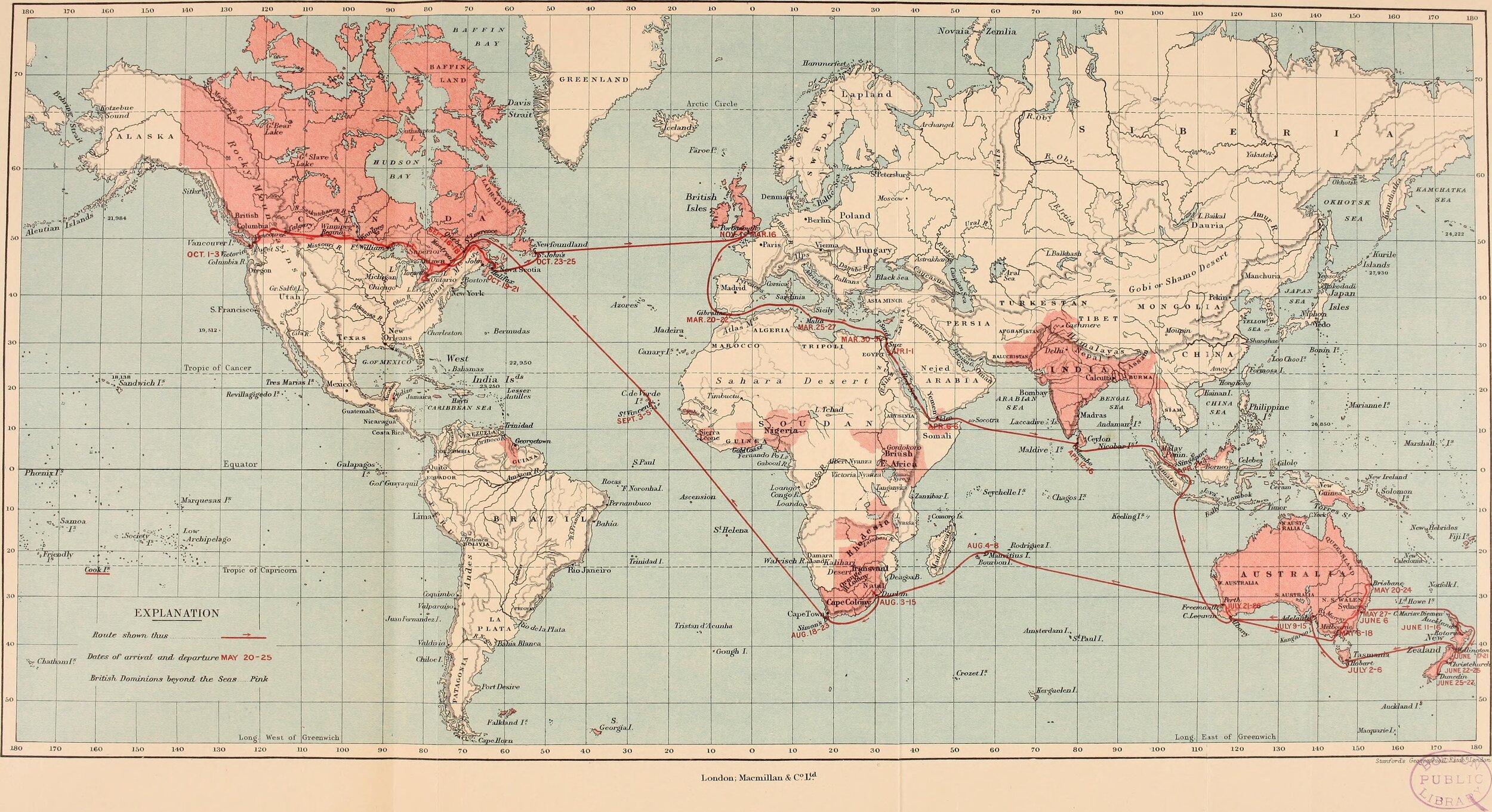
Part 5:
1945 to 2020: The Big Picture
#94 America, China, and the Struggle for Global Hegemony: Can the World Survive?
The peoples of Western Europe had risen from one world of relative poverty and had learnt how to take the wealth from the Americas and transfer it to their own countries. This was slavery and latterly until 1920, indentureship. A whole set up of banks, shipping companies, and insurance companies had arisen to make these transfers possible. From the 1750s the European invaders turned their attention to Asia and systematically began the colonisation process anew. At the same time, as they attempted to colonise and extract the wealth of Asia, the colonising countries began the process we now recognise as industrialisation alongside the rapid growth of cities. The surplus resources extracted through colonisation were used to finance the growth of new industries.
#88 World Power: An Aphrodisiac for the Unwary
The key to understanding the Americans and world power after 1945 is that maintaining her competitive advantage has always been her key political concern. That has meant creating and then maintaining key alliances with a select number of nation-states like Israel and the old colonial nations of Europe, Japan, and to a lesser degree South Korea. All the others were nations that needed to be dominated.
#75 The New Economic Normality 1971-2020: The Market and Neo-Liberalism
The essence of free-market ideology since the first half of the 19th century until now has been that competing firms were efficient and represented the best way to run society. Governments would overspend; organised labour is selfish; barriers to the movement of capital services and labour should be reduced to the minimum. This is neo-liberalism in a nutshell. The reality is, of course, very different, as firms tend to move to monopoly or oligopoly, and so inequality increases. This is not the place to expand the argument into economic theory. Neo-liberal economics has been widely practised across the world for the last 50 years.
#68 The Marshall Plan: Protecting Europe from Communism
The Marshall Plan had several purposes. First, the American economy needed outlets for export, and second, the entire European and Japanese economies were in ruins and debt from the war. The Marshall Plan provided much-needed trading dollars. The plan was also intended to counter the attractions of Soviet Communism and probably saved western Europe from following a socialist path. The infrastructure of Europe, including a large number of homes and factories, had been destroyed by the war.
#66 Controlling the Peace: the Soviets and the USA’s Wish for a Cooperative Peace
The economies and politics of all nations at war were shattered; the only exceptions were the USA, the USSR, and the UK who all had maintained their political systems. The economies of the UK and USSR were in pieces. The USA had not only not been invaded, but she had also lost the least number of men. Throughout all of this, her economy had been strengthened. When we compare this with the loss suffered elsewhere: the Russians had lost 20 million-plus, men women and children; the British had lost 375,000 men; the Japanese lost between 2 and 3 million people; the USA had lost 405,000 men or 2.0% of the Soviet losses.
#64 Controlling the Peace: The Re-establishment of World Power
Readers of these blogs will know that establishing world power has always required sophisticated ideology to justify action across the world. The centre of ideology in the hundreds of years after 1492, up to 1945 centred on race and racism; that European and then American invasions were by ‘superior’ peoples. Race was always a flexible tool and the exact variant varied over time determined by who were the perpetrators of the invasions and the moment in history.
The ideological story that followed 1945 would be determined by the USA. This blog discusses the new ideological tale told by the Americans and the old European colonial powers who had lost all their colonies as a consequence of the wars that ended in 1945.
#63 American Imperial Rule: American Intervention, Colonialism and Foreign Policy
‘The American century’ is considered the 20th century after 1945. From this time onwards, until the 21st century when China came again on to the world stage, America reigned supreme. This and the next several blogs will outline the framework and the choices she made to achieve global supremacy.
Unlike the earlier global powers, the US government and their think tanks carefully considered their options and structures. The earlier imperial powers had been led in the main by adventurers and privately financed enterprises. After 1945, American imperial expansion was led by her Government. And she knew the institutions which she wished to create to achieve world dominance.
#60 World Power: the Birds-eye View of Major Change
Perhaps the most important historical global change after the defeat of Germany and Japan in 1945 was the USA taking over world power.







